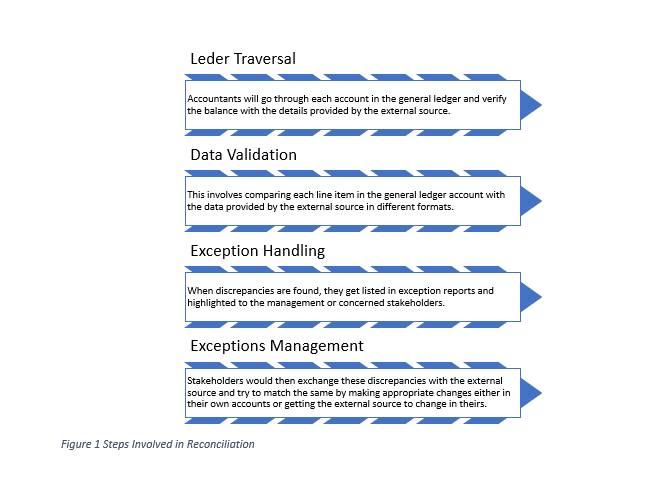Upgrade Your Tata Cliq Seller Account to Gain Popularity!
Tata Cliq is a top trending eCommerce venture in India. This platform has all the prominent and significant brands that provide immense opportunities for sellers to sell top-notch products per their customers’ latest demands. After completing the registration process, you can effectively be able to log into your Tata Cliq login seller account. You can view your orders, track your sales history, and manage your inventory on this page.
Tata Cliq is a new but one of the reputed eCommerce platforms in the entire industry that carries the legacy of the enormous Tata Group established by Ratan Tata. In a short time, this platform has reached millions of Indian customers. This platform is widely known for its quality products which is why they pay special attention while allowing any seller to sell their products through this marketplace. To acquire immense popularity and revenue from this marketplace, you must upgrade several essential pieces of information in your Tata Cliq seller account.
Add on These Information to Tata Cliq Seller Account
Provide Your Personal Information
An association with Tata Cliq is a great way to represent your products to a considerable number of potential customers. You must provide your personal details in your seller central account; it provides an identity to your brand and helps customers to locate your specific products on this platform. It is indeed an incredible way to keep in touch with your customers. You must include your full name, brand name, product list, product prices, inventory details, etc. These details can be ultimately helpful to you in many ways.
Add Essential Information Regarding Product
Tata Cliq has more than a million registered customers, so it is evident that as a seller, your products will get more exposure if you provide all the essential information regarding your product. These product details are crucial because they can provide them with a much clearer picture of every aspect of your product. First of all, you must add a product display name, product description, and product images and then accordingly add the category and subcategories in which your products are listed.
Include Appropriate Information in Product Listings
While creating product listings in your Tata Cliq seller portal, providing all the appropriate information regarding your products is genuinely required. It can help your customers to buy the desired products without any doubt. In lack of information, customers get confused about the product, and it can drastically affect their shopping decision as well. You must add the right weight, size, color, material type, flavor, and dimension according to the nature of your product. Such pieces of information are imperative to add in terms of product visibility and eventually impacting your sales.
Must Add Shopping Policies for Customers
You must provide clarity to your customers regarding the shopping policies. Just for your knowledge, we want to inform you that Tata Cliq does not charge any delivery fees for orders above Rs. 500, and orders with the minimum order purchase requirement are just rs. 50. Apart from that, all products have a 30-day return policy, and you can charge a restocking fee for returns beyond 30 days from the actual purchase date. Hence you must add up all the informational pieces to your Tata Cliq seller login portal.
Always Keep an Eye on Your Seller Dashboard
This platform provides a seller dashboard in your seller central account. Here you can view all the essential information required to optimize your listing and attract more customers to your product page. In your seller dashboard, you can find detailed insights into how many clicks your products are getting and which of your products is a bestseller. With the help of such vital information, you can quickly make any crucial decisions about marketing and selling your products abruptly.
Check Order History to Track Sales
Selling your products blindly without tracking your sales is a bad practice that can affect your overall sales. That is why it is essential to calculate your sales in a timely manner. In order to track your sales, you can use the order history feature on your customer account page in your seller account of Tata Cliq. Here you can view all the orders placed by all the customers and the amount that they pay for their orders. This data can help you understand how frequently your customers purchase your products. This practice can let you evaluate your overall sales performance and profit ultimately.
Review Shipping Information to Calculate Logistic Price
In terms of selling your products on this platform, you must consider the shipping time and the total cost of your products. However, the shipping time depends on the product and the logistic service provider. Apart from that, the shipping cost will be based on the weight of your product, shipping location, and shipping method. You can get all this vital information from your seller’s central account.
Review Analytics for Sale Performance
Reviewing the analytics to obtain information regarding your sales performance is crucial. It is a process to attain essential data regarding your customer’s interaction with your online business, including their buying and other activities on the platform. You can use this data to improve your sales performance and understand your customers’ shopping behavior. These analytics show how much time a customer spends on your product page and how often they visit your product page. With the help of such impeccable information, you can offer the desired products to your customers and generate decent revenue simultaneously.
Conclusion
Becoming a Tata Cliq seller can add golden wings to your eCommerce journey. It is one of the safest and most convenient eCommerce platforms to sell your products. This platform offers the easiest way to list your products and makes it super easy for customers to buy them. Transactional ins and out are pretty secure from sellers’ as well as from customers’ perspectives too. You can also get incredible marketing tools in your Tata Cliq Seller dashboard. It can help you in managing your listings and campaigns.
There are four significant tools; promotions campaign management, advertising campaign management, shipping management, and customer service management. You can use these tools to make your operations smooth and hassle-free. However, if you are new to this business and experiencing difficulties in managing your accounts and financial aspects, you can take advantage of eVanik OWS. It works as automated accounting software that helps in managing your financial flows. You can easily integrate it with your ERP system and adequately analyze all your incoming and outgoing financial transactions. Apart from that, this peculiar software also helps with inventory, payment, shipping, and return reconciliation.









